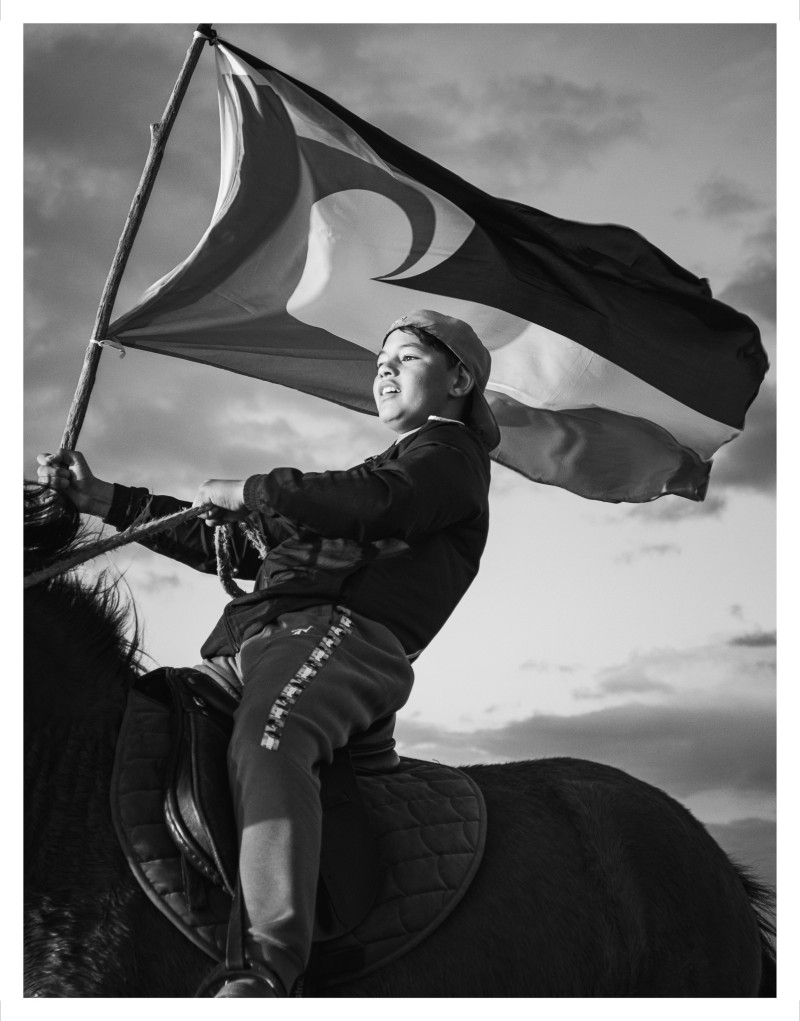
Taniwha Chasers by Jazmin Tainui Mihi Paget-Knebel
Taniwha Chasers by Alessia Belsito-Riera
The biennial Kiingi Tuheitia Portraiture Award was established in 2020 to inspire a new generation of emerging Māori artists to create portraits of their tūpuna (ancestors). Hosted at New Zealand Portrait Gallery Te Pukenga Whakaata until the 17th of August with the blessing of Kuini Nga wai hono i te po Pootatau Te Wherowhero VIII, the 2025 competition saw entries using a wide range of mediums, including video, stop-motion puppetry, ceramics with pāua inlay, oil paintings, and textiles made from linen, cotton, and glass beads.
With the Forsyth Barr People’s Choice Award still up for grabs, honourable mentions were awarded to Shannon Te Rangihaeata Clamp, Divine Herekiuha, Jessica Hulme, Caitlin Jolley, and Zoe Marler, while Maata-Maria Cartisciano snapped up second place for Ekore koe e ngaro i tōku Koro, an acrylic and pencil portrait of their grandfather.
Placing first is 22-year-old Jazmin Tainui Mihi Paget-Knebel for her photograph Taniwha Chasers. She gives us the inside scoop below.
Congratulations! What went through your head when you heard you won?
The only thing I could think of was that I was going to meet our Kuini and that she would know my name and then I couldn’t wait to tell my whānau because I knew they would be so proud.
What inspired your work?
I originally made Taniwha Chasers because I wanted to commemorate my whānau and community. I believe far too often Ōpōtiki is being shown by the media in a negative light and I wanted to change that narrative by highlighting our rangatahi and their passions. Rangatahi have been horse riding in Ōpōtiki for generations and it’s a strong part of our histories and culture. This series captures their relationship and how it is connecting them to their whakapapa and Te Taiao.
What draws you to photography?
As a wāhine takatāpui, working in a Pākehā-dominated colonial space like photography, it was so important to me to be representing and showing my community and people in the way that they want to be represented and seen in the media. A huge part of my practice is to decolonise the lens and return the narrative to Māori, that is what’s most filling in my mahi.
What prompted you to enter the competition?
I felt it was necessary to share this specific image in hopes of making it into the exhibition to show the beauty of my community and our whakapapa because us rangatahi from small towns like Ōpōtiki don’t get the recognition we deserve. I also think this image speaks to the times we are in and has created a symbol of hope for our rangatahi.
What do you hope visitors take away from the exhibition?
I hope they see the beauty in our communities in all of the artworks and our collective imagination of the future in Aotearoa. I hope they see the representation we deserve and feel pride in knowing we know our whakapapa.
View more articles from:
« Issue 245, June 3, 2025

